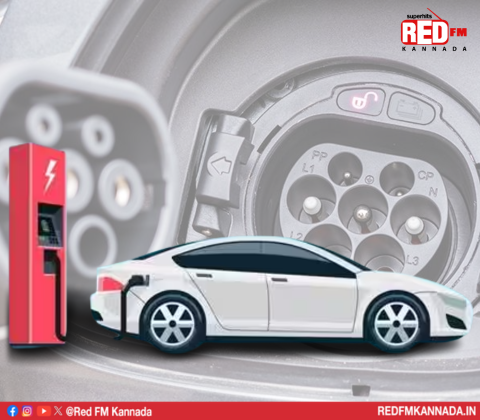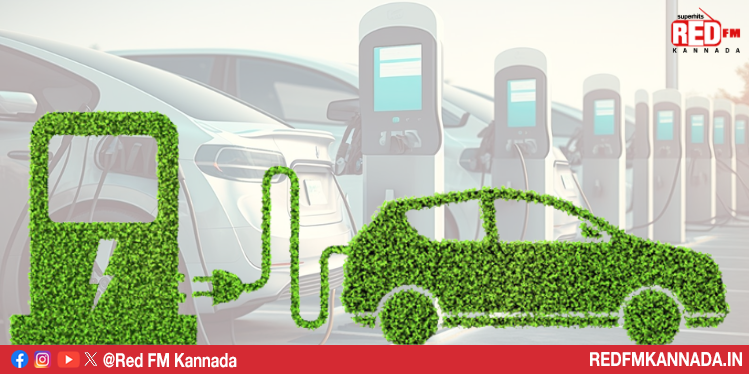In a world buzzing with talk of cleaner skies and quieter streets, electric vehicles (EVs) have zoomed into the spotlight as the eco-friendly future of transportation. But is this high-voltage hype the whole story? Let’s peel back the electric curtain and explore the surprising truths about these zippy machines.
Eco-Friendly Cruise or Stealthy Polluter?
EVs promise a breath of fresh air with zero tailpipe emissions, sparing us from those smelly exhaust fumes. But there’s a catch – the journey begins before they hit the road. The manufacturing process of EVs isn’t exactly a walk in the park. Let’s talk batteries – those shiny power packs are hungry for minerals like lithium, cobalt, and nickel. Mining for these treasures can dig up a messy cocktail of pollution, from land disturbances to water woes. So, the road to an eco-friendly EV isn’t always smooth.
Saving Resources or Racing towards Shortages?
The headlines often cheer EVs for sparing our planet from gulping gallons of gas. But here’s the twist – the race for EVs could spark a showdown over resources. Imagine this as more EVs hit the road, the demand for battery ingredients like lithium could skyrocket. This could mean digging deeper and wider, putting stress on our planet’s pockets. So, while EVs might save the day in some ways, they could also create new problems for the future.
Eerie Energy Thirst of EV Batteries
Buckle up, because here comes a shocker: crafting an EV battery takes more energy than a dancing, disco-loving robot! Studies reveal that making one single battery devours as much energy as a small car would guzzle in a couple of years. It’s like having a battery-powered birthday party that’s a little too electric. This energy-hungry process can sneakily add to the pollution we’re trying to avoid.


Battery Swapping: A Bright Idea or Potential Storm?
Picture this: you drive up to a charging station, and instead of waiting hours for a full charge, you swap your drained battery for a fully charged one in minutes. That’s the idea behind battery swapping, a strategy the Indian government is exploring. Sounds snazzy, right? But will it be a superhero move or a tricky twist for the EV market?
Supporters say battery swapping could speed up charging and make EVs more practical, like changing the batteries in a TV remote. It might also ease “range anxiety” – that pesky worry of running out of juice. But critics raise eyebrows over the logistics – setting up swapping stations, standardizing battery designs, and ensuring used batteries don’t become eco-nasties.
Stats That Make You Go “Hmm…”
Hold onto your hats, young explorers. A recent study unveiled that in some places, driving an EV might not be all roses and rainbows. If your electricity comes from polluting sources like coal, the EV’s shiny armor could get tarnished. That’s because the smoke from power plants can tag along with EVs, making them not-so-eco-friendly after all.
Even scarier, in some regions, making an EV can burp out more greenhouse gases than crafting a regular car. It’s like baking a cake to save energy but ending up using more electricity. Numbers don’t lie, and they show that the road to EVs isn’t always the greenest path.
Charting a Greener Course Ahead
As we cruise into an electric future, it’s clear that EVs bring both hopes and hiccups to our drive towards a cleaner planet. To truly sparkle as eco-warriors, EVs need to wear their green halo throughout their lifecycle – from the first wrench to the final spin.
So, dear young champions of Earth, remember this: EVs might not be the ultimate superhero yet, but they’re speeding in the right direction. As we charge forward, let’s keep an eye on those tricky turns and work together to navigate a road that leads us to a planet-saving victory.



















































